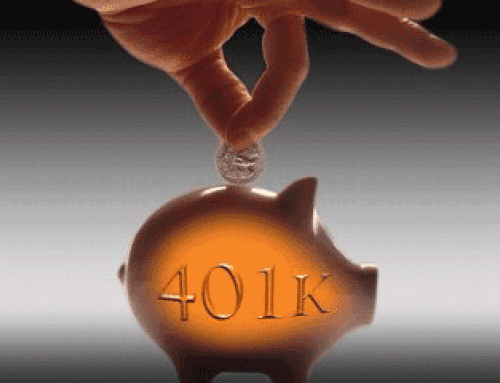What is a Credit Default Swap (CDS)?
Credit Default Swaps (CDS) are contracts that transfer credit product (fixed income products/sovereign and corporate bonds) risk between two parties. The seller of CDS protection (Sold Protection) takes on the risk of having to pay the notional amount of the CDS if the credit product that is tied to the contract defaults due to a credit event and in return the seller of the CDS protection gets paid a fixed monthly amount by the purchaser of the CDS protection (Purchased Protection).
In simple terms, it is like an insurance policy, the seller of the policy is making a bet that nothing bad will happen and the buyer of the policy is betting that something bad will or could happen and that they need to be protected.
Credit Default Swaps – Sold Protection
Sold Protection is a term used to define the amount of credit default swaps (CDS) protection that a bank has sold. CDS provides investment insurance to buyers of credit (fixed income products/sovereign and corporate bonds). The seller of CDS protection is paid a fixed monthly amount by the purchaser for the length of their CDS contract. It can be said that the credit risk is assumed by the CDS protection seller. In case of a credit event (credit default), the CDS protection seller is then required to compensate the CDS protection purchaser for the amount of sold protection.
Here is an example:
- Bank A sells Bank B CDS protection (sold protection) in the amount of $100 million on the bonds (credit) of Greece.
- This means that Bank A has taken on the risk that if Greece bonds experiences a credit event (meaning Greece fails to pay its interest or principle) Bank A will have to pay $100 million to Bank B.
- Bank B in return for this credit protection (think of it like insurance) pays Bank A $100,000 a month until the contract ends.
- If there is no default and the contract ends Bank A keeps it’s monthly payments from Bank B. If Greece experiences a credit event Bank A will have to pay Bank B the amount of CDS protection sold.
You can see from this example that if there is poor underwriting on the sold protection the results can be disastrous. Now, most banks will try to hedge or protect their sold protection by purchasing protection, this way in the case of a credit event they will be neutral to the outcome. The problem with this plan is what we call counterparty risk. If you have bought protection from a bank that cannot pay the total amount of sold protection, your hedging strategy is moot. This possibility leads to systemic risk. Systemic risk is a series of defaults where banks that are too big to fail become unhedged because they misjudged counterparty risk and then are left solely on their own to pay for the protection they have sold. As a result of this liability they then become illiquid themselves and fail. Their failure very possibly having nothing to do with their own balance sheet but rather the fact that they misunderstood their counterparty risk and took on derivative exposure that swamped their equity capital therefore leading to insolvency.
Credit Default Swaps – Purchased Protection
Purchased Protection is a term used to define the amount of credit default swap (CDS) protection that a bank has purchased. When a bank has purchased CDS protection they have entered into a contract with a counterparty, the counterparty is the seller of the CDS protection. The purchased CDS protection provides the buyer with a payout if the underlying credit that the protection is sold on has a credit event (credit default). The purchaser of the CDS protection in return for this potential benefit, pays the seller of the CDS protection a fixed monthly amount. Purchased protection is like buying insurance, you have to pay a premium and in return you are protected from a possible future event.













Follow Us